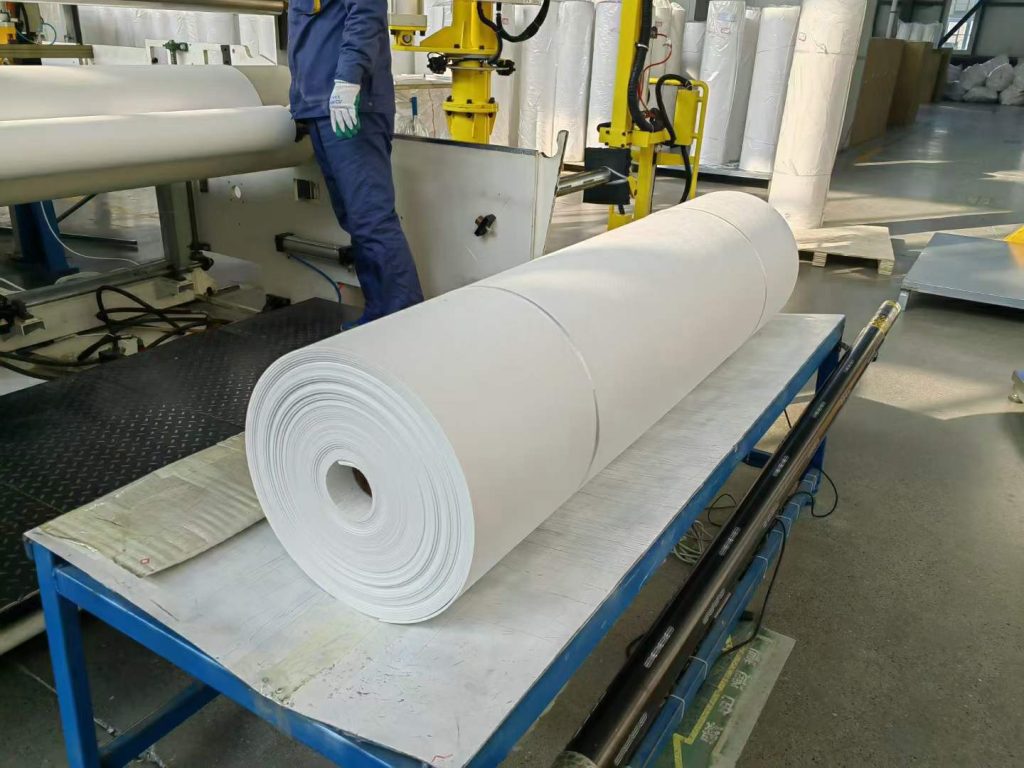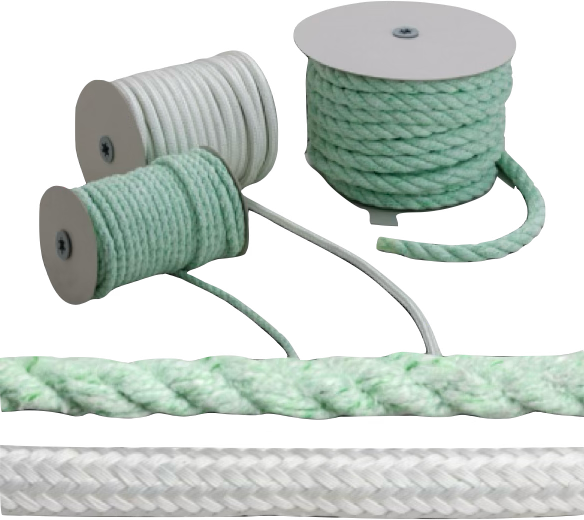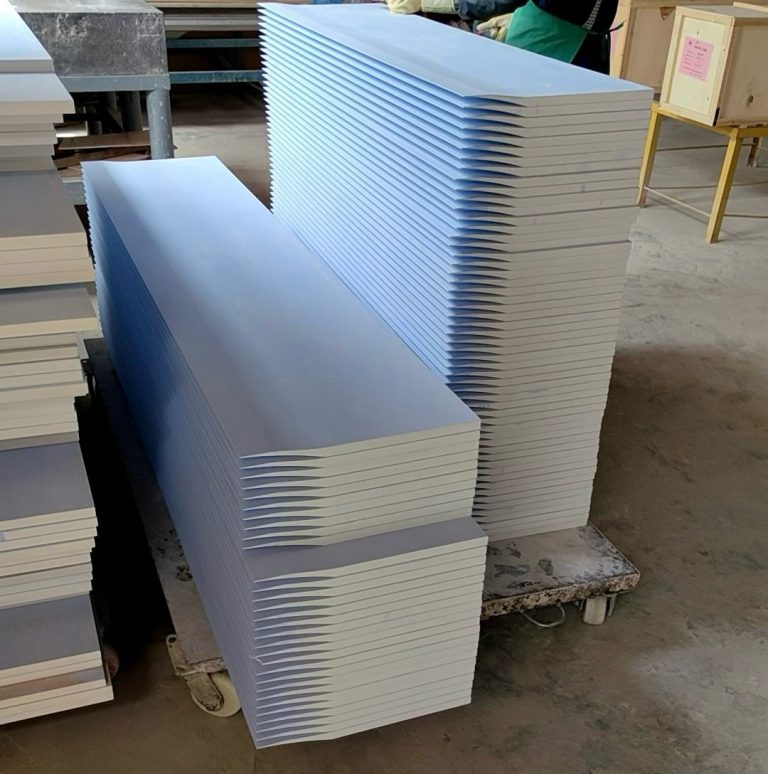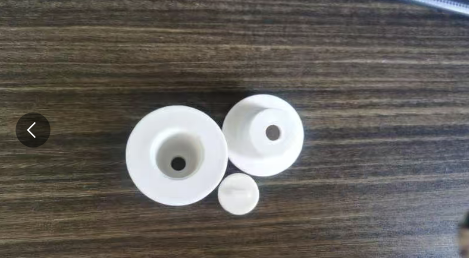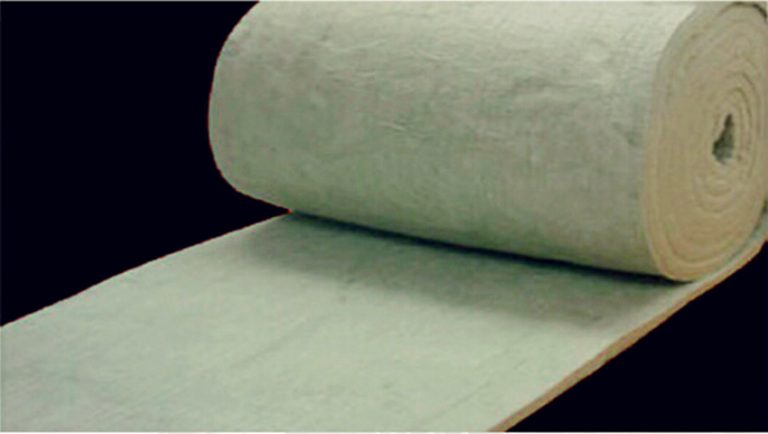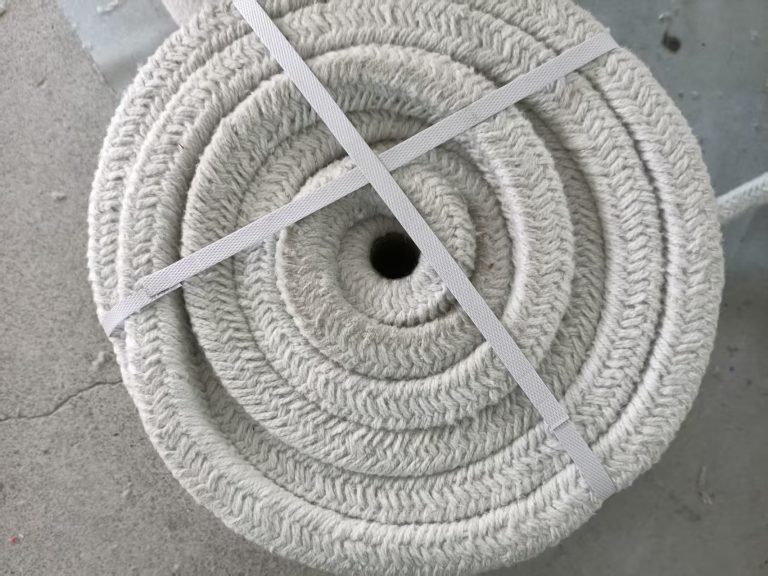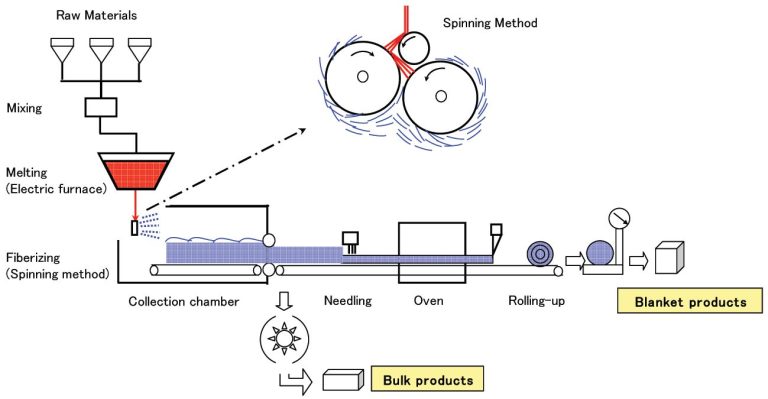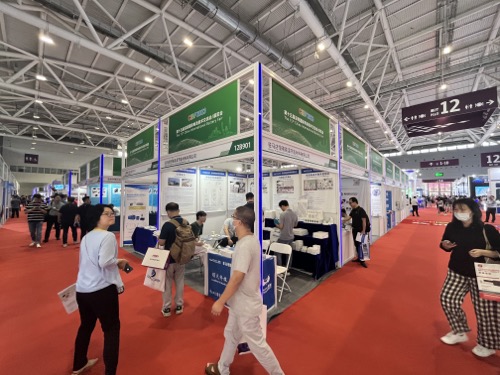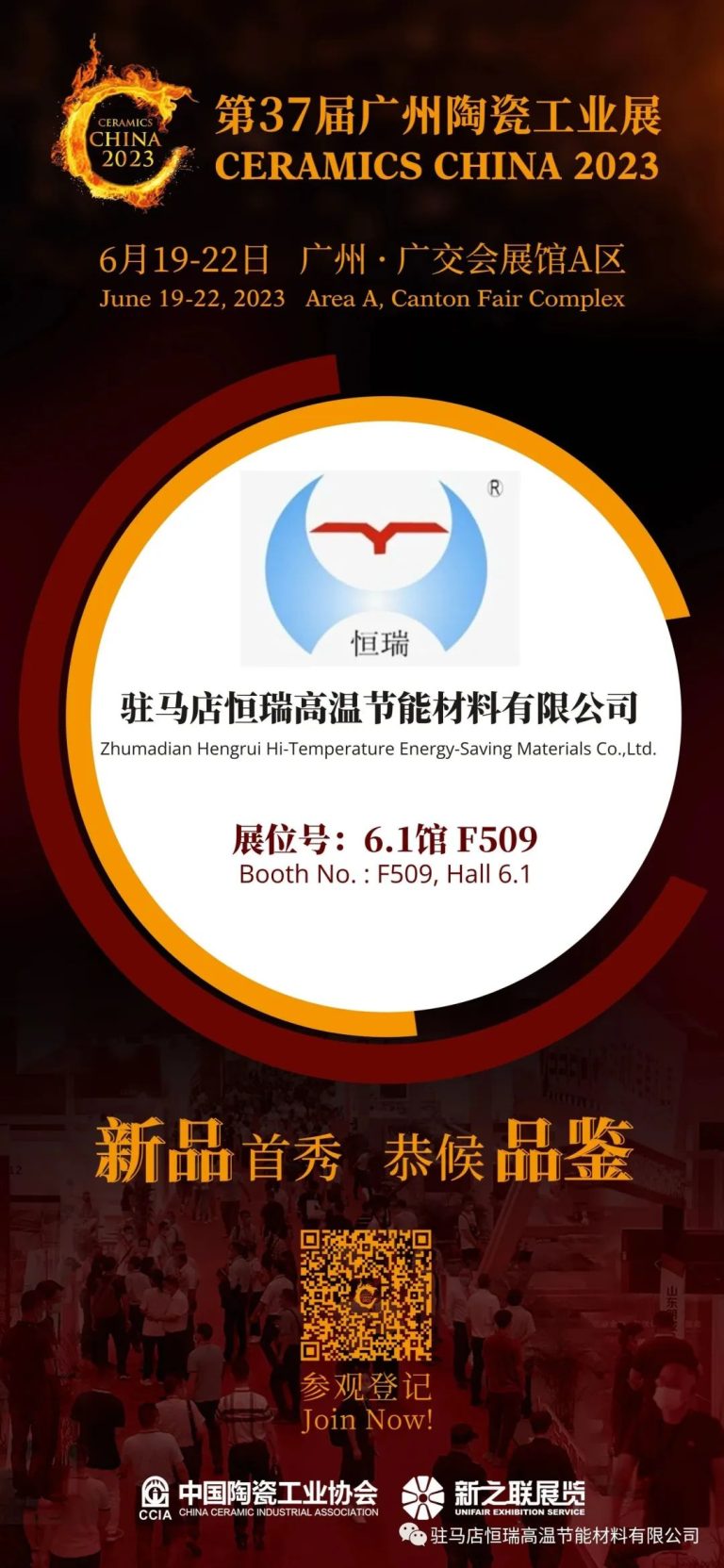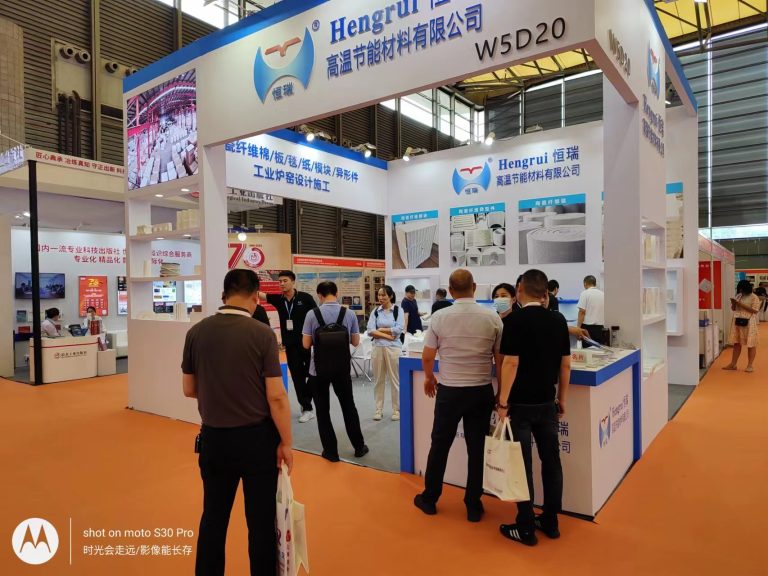1. Introduction
Ceramic refractory fiber paper, sometimes referred to as a paper refractor made from ceramic fiber, is a lightweight and flexible thermal insulation material made from ceramic fibers, offering excellent high-temperature resistance and chemical stability. It is widely used in industries such as aerospace, metallurgy, chemicals, and electronics for insulation, sealing, and fireproofing in high-temperature environments.
2. Key Features
- High-Temperature Resistance: Can withstand temperatures above 1000°C for extended periods and even higher temperatures in short-term use, making it a true ceramic refractor.
- Low Thermal Conductivity: Effectively reduces heat transfer, improving energy efficiency.
- Lightweight and Flexible: Easy to cut and fold, suitable for complex installation requirements and meeting ceramic fiber refractor needs.
- Chemical Inertness: Resistant to acid and alkali corrosion, making it ideal for harsh industrial environments.
3. Applications
- Industrial Furnace Linings: Used as insulation layers in high-temperature furnaces to minimize heat loss.
- Fire Barriers: Acts as a fireproof material to slow flame spread, demonstrating the refractor qualities of ceramic fiber paper.
- Electronics Insulation: Protects sensitive components from high temperatures.
- Aerospace: Utilized in thermal protection systems for aircraft and spacecraft.
4. Future Trends
With advancements in industrial technology, ceramic refractory fiber paper will continue to improve in mechanical strength and environmental performance, while expanding into emerging fields such as renewable energy and electric vehicles, further establishing its position as a ceramic fiber refractor.
